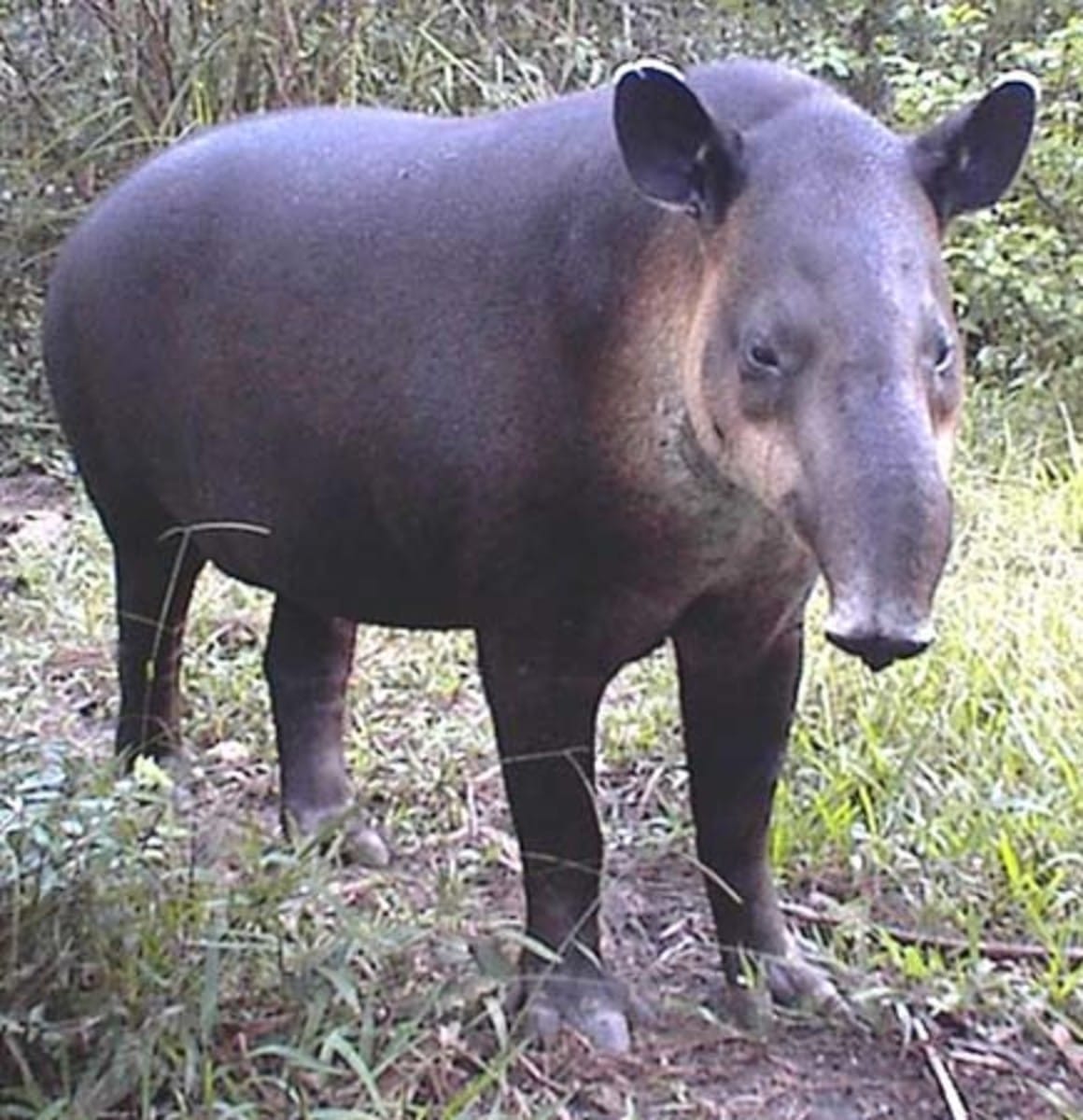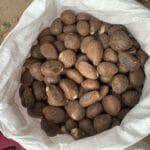Step into the vibrant landscapes of South America and you’ll encounter a fascinating array of creatures, each uniquely adapted to their environment. Among them are mammals with a particularly intriguing feature: a flexible snout. Far from just an ordinary nose, these highly specialized appendages play a crucial role in their survival, enabling them to thrive in a variety of habitats, from dense rainforests to high-altitude grasslands. Join us as we journey into the world of these remarkable creatures, exploring the marvels of their flexible snouts and the vital roles they play in South America’s intricate ecosystems.
A Nose for Success: The Advantages of a Flexible Snout
In the animal kingdom, form follows function. This is readily apparent in the diverse snouts of South American mammals, each sculpted by evolution to navigate the challenges of their particular lifestyles. A flexible snout, in essence, becomes an extension of the animal’s senses, enabling them to interact with their surroundings in ways that would otherwise be impossible.
The Power of Smell: Unlocking a World of Scents
Imagine a world painted in scents, where the aroma of ripe fruit leads you to a hidden bounty, and the faintest whiff of danger sends you scrambling for safety. This is the reality for mammals with a heightened sense of smell, a superpower bestowed upon them by their elongated nasal passages. For tapirs navigating the dense undergrowth of the rainforest or coatis sniffing out insects in the leaf litter, a keen sense of smell is crucial for survival.
A Delicate Touch: Feeling Their Way Through the World
Beyond smell, the flexible snout serves as a highly sensitive tactile organ. Packed with specialized receptors, it allows these animals to “feel” their food and surroundings with astonishing precision. For tapirs, this means being able to pluck delicate leaves and fruits with their prehensile snouts, while coatis can use their nimble noses to probe into crevices and unearth hidden treasures.
Stars of the Snout: Tapirs and Coatis
Among the many South American mammals sporting flexible snouts, tapirs and coatis stand out as prime examples of this remarkable adaptation.
Tapirs: The Gentle Giants with Prehensile Precision
Often described as resembling a cross between a pig and an elephant, tapirs are the largest land mammals in South America. Their most distinctive feature, of course, is their elongated snout, which is actually a fusion of the nose and upper lip. This unique structure grants them an extraordinary degree of flexibility and dexterity. [https://www.lolaapp.com/#tapir-the-gentle-giants-with-a-prehensile-nose]
A Helping Trunk: The tapir’s prehensile snout acts like a miniature trunk, allowing them to grasp and manipulate objects with surprising agility. This comes in handy when reaching for leaves and fruits high in the canopy or carefully selecting the most tender shoots from thorny bushes.
Underwater Explorers: When it’s time to cool off or search for aquatic plants, tapirs can even use their snouts as snorkels, submerging their heads while keeping their nostrils above water. This remarkable adaptation highlights the versatility of their flexible snouts.
Coatis: Masters of the Rainforest Understory
With their bandit-like masks and ringed tails, coatis are a charming and curious sight in the South American rainforests. Their long, flexible snouts are perfectly adapted for their role as opportunistic omnivores, constantly on the lookout for a tasty meal. [https://www.lolaapp.com/#coatis-the-curious-case-of-the-elongated-snout]
Nosing Out a Meal: Coatis use their sensitive snouts to sniff out insects, grubs, fallen fruit, and other delicacies hidden amongst the leaves and undergrowth. Their snouts can twist and turn, reaching into crevices and burrows that would be inaccessible to animals with less adaptable noses.
Communicating Through Scents: Like many mammals, coatis rely on scent to communicate with each other. Their snouts likely play a role in both emitting and detecting these chemical messages, helping them to mark their territory, signal their presence, and even attract mates.
Beyond Foraging: The Multifaceted Roles of Flexible Snouts
While finding food is undoubtedly a primary function, flexible snouts offer a range of benefits beyond just foraging.
Navigating a World of Obstacles
In the dense vegetation of the rainforest or the rugged terrain of the Andes, a flexible snout can be a valuable tool for navigation. By using their snouts to probe their surroundings, tapirs and coatis can detect obstacles, identify safe pathways, and even gauge the depth of water before taking a step.
Sensing Danger: Staying One Step Ahead of Predators
The ability to detect predators quickly is crucial for survival, and a heightened sense of smell can mean the difference between life and death. For tapirs and coatis, their elongated nasal passages give them an edge in detecting the scent of jaguars, pumas, and other potential threats, allowing them to avoid danger and live to forage another day.
Conservation Challenges: Protecting Nature’s Unique Creations
Sadly, despite their remarkable adaptations, many South American mammals with flexible snouts are facing growing threats to their survival. Deforestation, habitat loss, hunting, and human-wildlife conflict are putting increasing pressure on their populations.
Guardians of the Forest: Tapirs, in particular, play a vital role in seed dispersal, helping to maintain the health and diversity of rainforest ecosystems. Their decline could have cascading effects on the delicate balance of these environments.
Ambassadors for Conservation: By raising awareness about the plight of these unique creatures, we can encourage greater support for conservation efforts aimed at protecting their habitats and ensuring their long-term survival.
Unveiling the Secrets: The Future of Snout Science
As we delve deeper into the fascinating world of flexible snouts, we continue to uncover new insights into their anatomy, behavior, and ecological significance.
Technological Inspiration: The remarkable adaptations of these animals have even inspired technological advancements. Engineers have studied the structure of tapir snouts to develop robotic arms with enhanced dexterity and flexibility, demonstrating the potential for biomimicry in solving human challenges.
Citizen Science Opportunities: By participating in citizen science initiatives, such as reporting sightings of tapirs and coatis, individuals can contribute to ongoing research efforts and help conservationists better understand and protect these fascinating creatures.
The flexible snouts of South American mammals are a testament to the power of evolution to craft remarkable solutions to life’s challenges. By understanding and appreciating these adaptations, we gain a deeper respect for the interconnectedness of life on Earth and the importance of protecting the delicate balance of nature. As we continue to explore the wonders of the natural world, who knows what other snout-tastic discoveries await?
- Unlock Water’s Symbolism: A Cross-Cultural Exploration - April 20, 2025
- Identify Black and White Snakes: Venomous or Harmless? - April 20, 2025
- Unlocking Potential: Origins High School’s NYC Story - April 20, 2025















